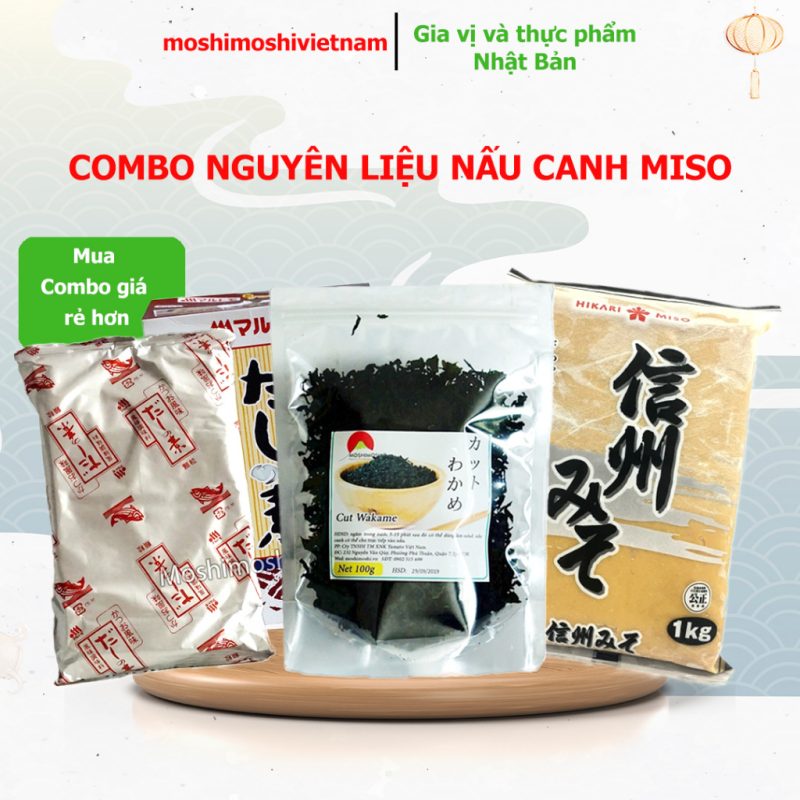No products in the cart.
[Nguyên Liệu Nấu Gyusuji (gân Bò) Nhật Bản, Các Bước Nấu] Gyusuji, hay còn gọi là gân bò, là một món ăn phổ biến trong ẩm thực Nhật Bản. Được biết đến với vị ngon dai giòn đặc trưng, gyusuji thường được chế biến thành nhiều món ăn hấp dẫn như xào, hầm, nấu súp. […]

